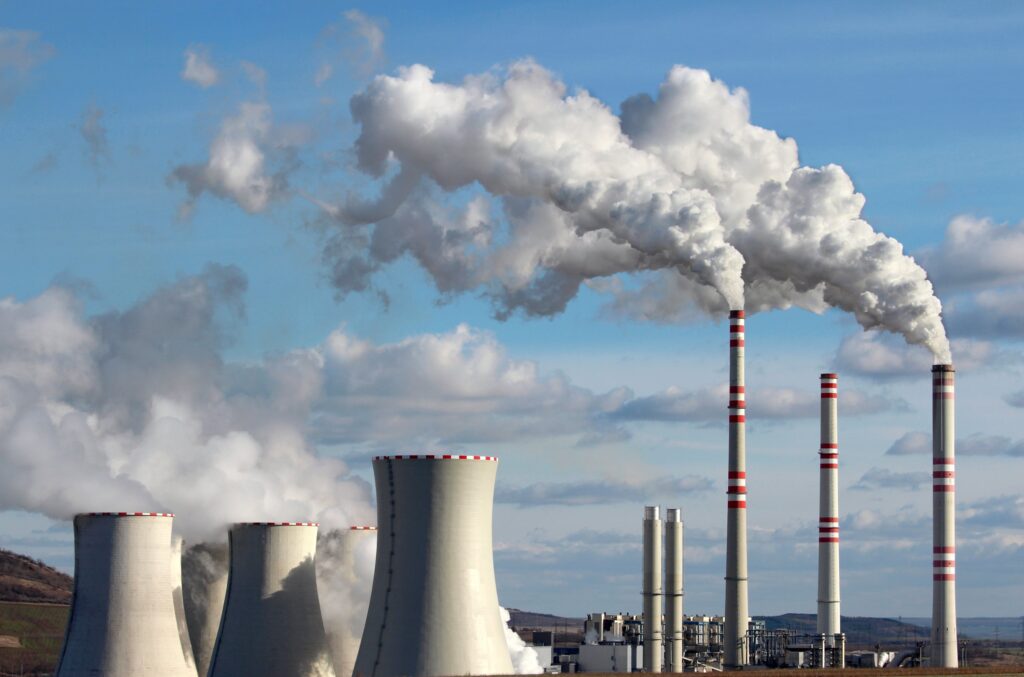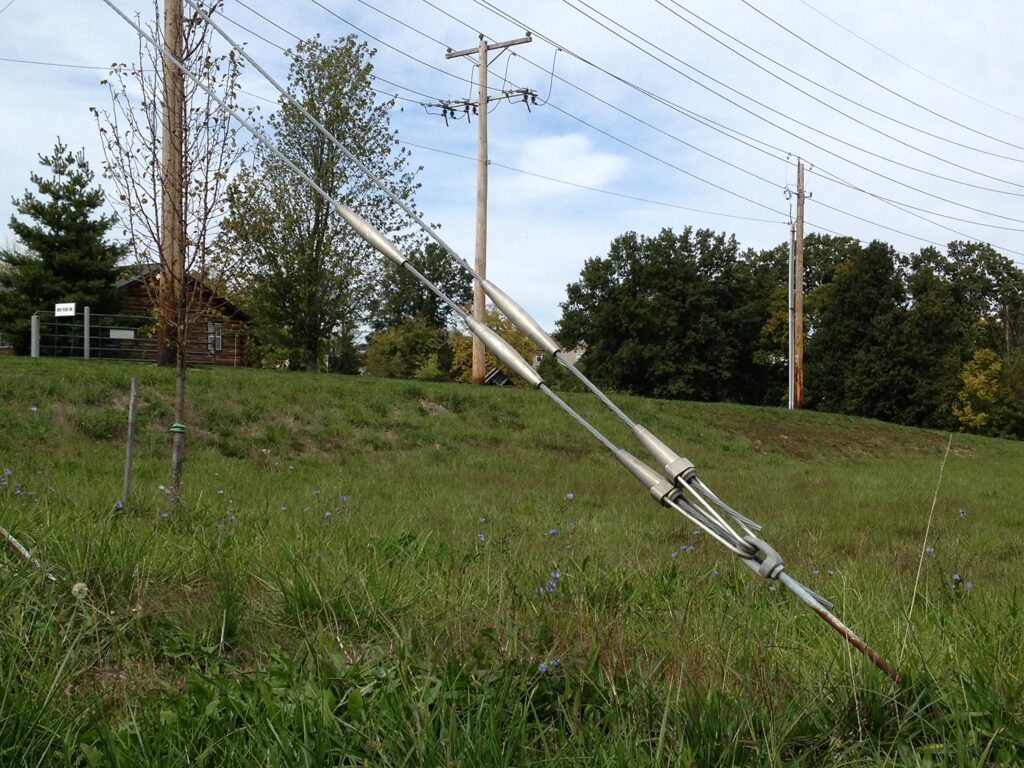
Despite efforts to move to sustainable energy, fossil fuels remain an important part of South America’s energy mix. Fossil fuels contribute significantly to the region’s electricity generating and transportation fuel needs. Coal and natural gas serve as a baseload of power, ensuring a consistent and dependable electricity supply. South American countries are investing in renewable energy to cut their dependence on fossil fuels. For the foreseeable future, fossil fuels will continue to play an important role in the region’s energy environment. However, fossil fuels pose several concerns, including greenhouse gas emissions, climate change, dwindling reserves, and price volatility. Transportation, industry, power generation, and agriculture industries all rely on fossil fuels for their operations.Guy wires also serve to stabilize electrical lines by anchoring them to the ground. They help keep the lines from sagging or breaking while supporting power infrastructure.
High-quality guy wires are critical components of the infrastructure that supports energy systems. Guy wires play an important role in ensuring the stability of new and current infrastructure as we transition to a renewable energy future. This provides for a gradual transition away from fossil fuels. Countries are reconsidering their reliance on fossil fuels as renewable energy technologies become more widely adopted and the world shifts toward sustainable energy production. There are several hurdles to balancing the economic benefits of fossil fuel exports. Let’s take a look at the role of guy wires in the shift away from fossil fuels.
Guy wires have significance in South America’s shift away from fossil fuels
Guy wires play a key role in the physical infrastructure necessary for fossil fuel energy systems and renewable energy. They help to stabilize transmission lines, wind turbines, and hybrid energy systems. By doing so, they contribute to the reliability, cost-effectiveness, and resilience of energy systems. They help to bridge the gap between the old and new energy landscapes, resulting in a smoother and more efficient solution. The following discusses the significance of guy wires in the South American energy transition process.

- Supporting transmission and distribution infrastructure – the transition from fossil fuels to renewable energy sources requires significant adaptation and expansion of the existing power grid. Guy wires ensure the stability of transmission and distribution towers that carry electricity from power generation facilities. The guy wires help the infrastructure withstand challenges such as high winds or uneven terrain.
- Enabling stability in energy infrastructure – guy wires provide stability for different types of energy infrastructure. The stability ensures the transmission lines can handle sudden changes in power flows.
- Development of wind energy – guy wires serve in the stability of wind turbines in remote projects. They also help in stabilizing smaller wind turbines for distributed energy applications. The turbines also help reduce dependence on diesel generators. They also enable the developers to check different locations and optimize performance.
- Infrastructure resilience during transition – the shift from fossil fuels to renewable energy involves building new infrastructure alongside existing systems. Guy wires provide resistance against high winds, heavy rains, or seismic activity.
Challenges in South America’s transition from fossil fuels
South America’s transition from fossil fuels to renewable energy poses significant hurdles. This includes economic, social, political, and infrastructure challenges. South American countries are transitioning from fossil fuels to renewable resources. To address these difficulties, the energy industry must adopt a coordinated approach. This includes regulatory changes, increasing financial support for renewables, and investments in modern energy infrastructure. It also provides ways for educating and engaging local communities. The following are the hurdles to the shift away from fossil fuels.

- Economic dependence on fossil fuels – South American countries have economies that depend on fossil fuel production and exports. The transition impends revenue streams, creating economic uncertainty.
- Existing energy infrastructure and fossil fuel lock-in – the integration of renewable energy sources needs a modernized grid. The lack of smart grids capable of handling variable energy inputs limits the amount of renewable energy.
- Energy storage and grid reliability – renewable energy sources like wind and solar are intermittent. Fossil fuels provide backup power, ensuring continuous energy supply. This makes the transition challenging without enough storage.
- Political and policy challenges – the energy transition depends on government policies and political instability. The subsidies create a major barrier to the adoption of cleaner technologies. Removing fossil fuel subsidies can also lead to increased energy costs and social unrest.